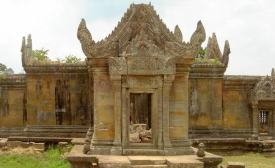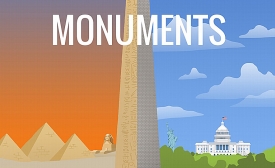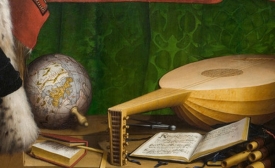cultural history

Sudarshan Ramabadran of the India Foundation's Center for Soft Power discusses how India is working with Cambodia on the preservation of historic temples.

The student-run publication's latest issue features rising stars in Cyber-Diplomacy, how to equip diplomats for the cyber age, and more.

Including an interview with Ambassador Carlos García de Alba of Mexico, a discussion of historic Armenian monuments, and more.
Sometimes, it feels like your life has come full circle. For Israeli choreographer Roy Assaf, it was like that when he danced in his piece "The Hill," which had its US premiere this summer at the Jacob's Pillow Dance Festival in Becket, Massachusetts. "The Hill" takes its name and inspiration from Ammunition Hill, the site of a brutal battle during the Six-Day War in 1967 between Israel and several of its neighboring Arab countries.
An exchange between the infinitely rich cultures of Cuba and Harlem is surely a marvelous idea. Afro-Cuban jazz was born in Harlem, the uptown neighborhood has been home to generations of immigrants from the Caribbean country and it shares a history with the island nation.
Forestry Minister Veysel Eroglu told Hurriyet newspaper that "the plane tree was the symbol of the Ottomans, and we are launching a planting campaign on the orders of our president in the town of Sogut, where the Ottoman state was founded." He says President Erdogan will plant the first sapling there next year, with another 100,000 to follow in Istanbul - which as Constantinople was the last Ottoman capital.

Music and Diplomacy from the Early Modern Era to the Present is a book edited by Rebekah Ahrendt, Mark Ferraguto, and Damien Mahiet which delves into the topic of music diplomacy by analyzing historical and contemporary cases. It explores how music (its concepts, practices, and institutions) shape the exercise of diplomacy, the pursuit of power, and the conduct of international relations.







